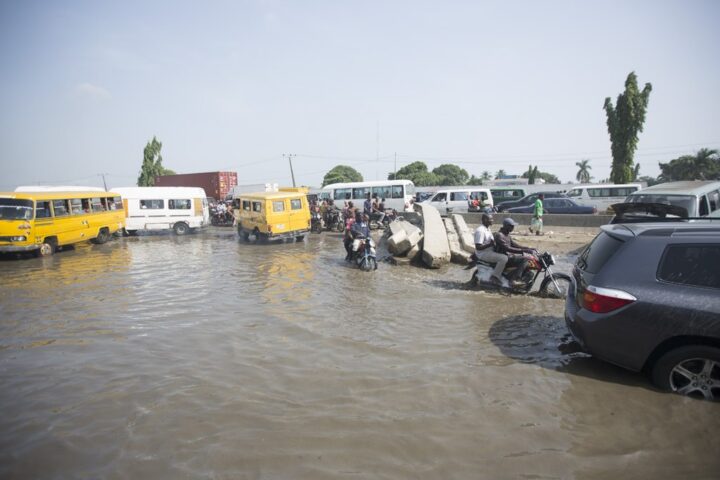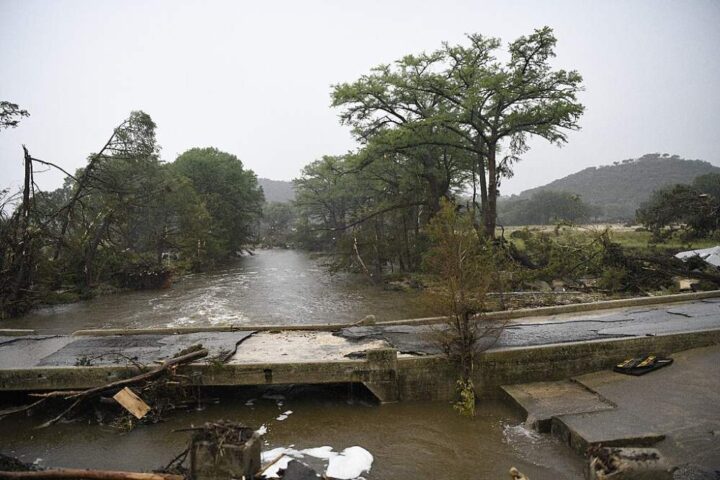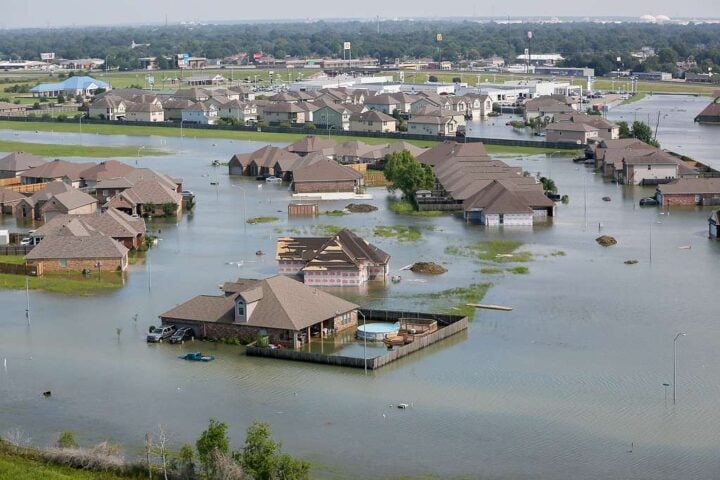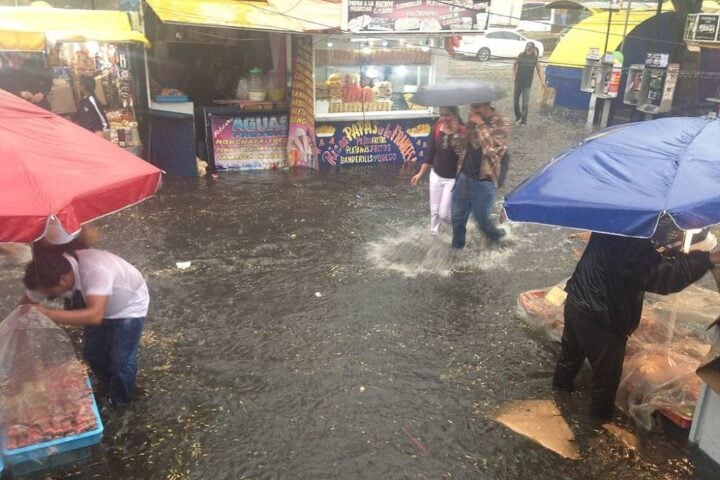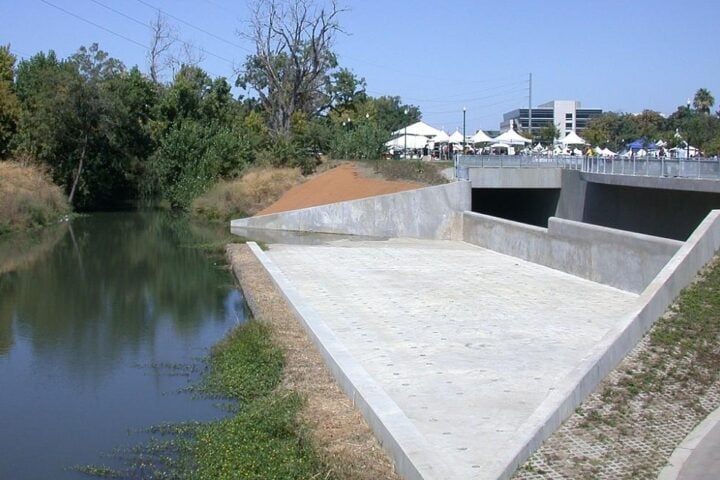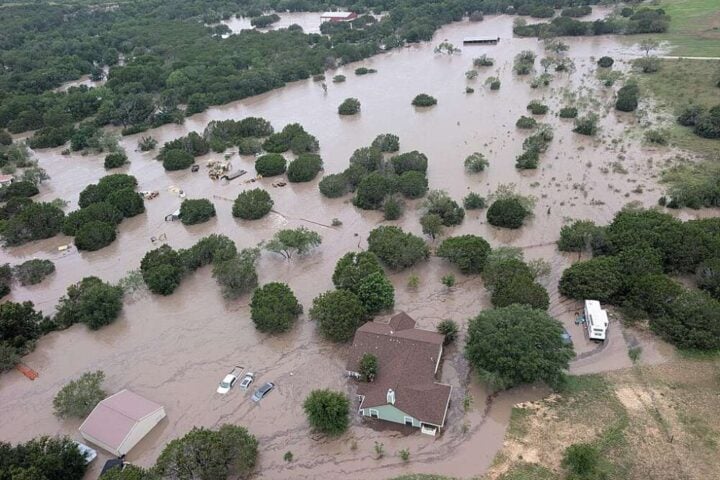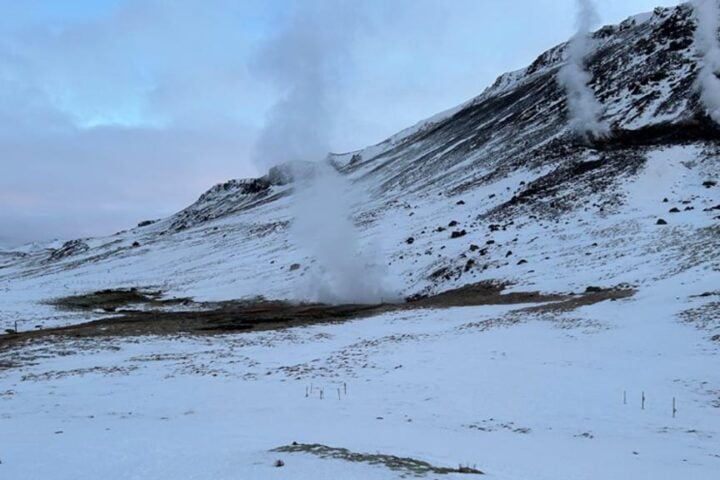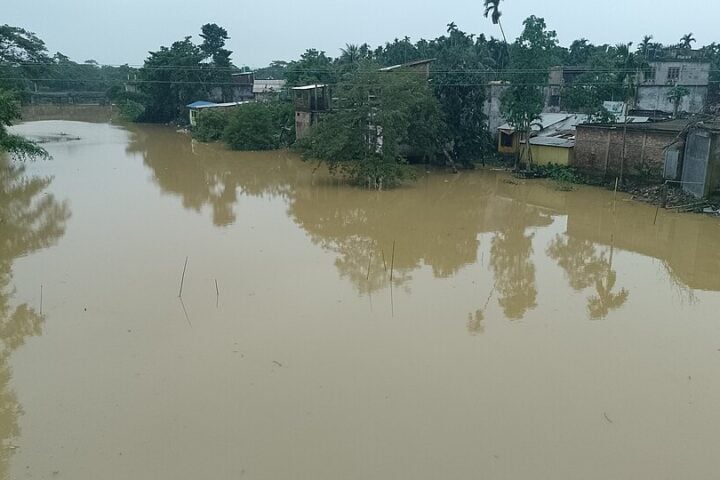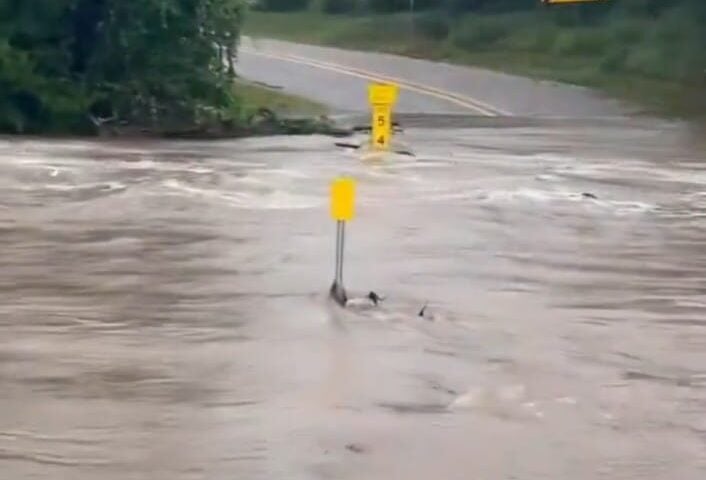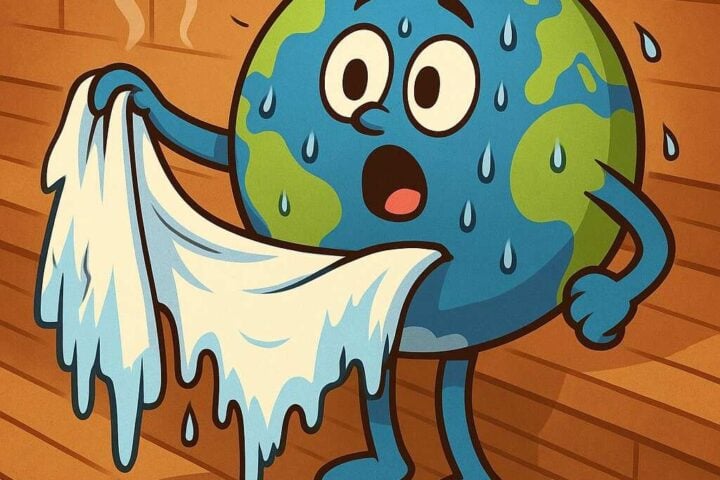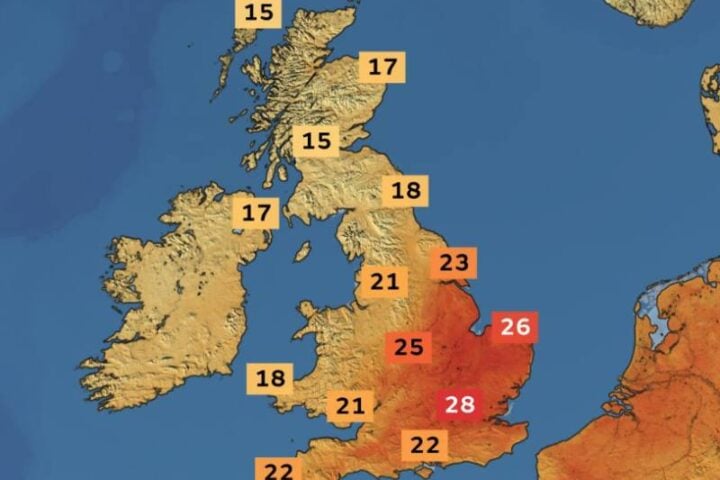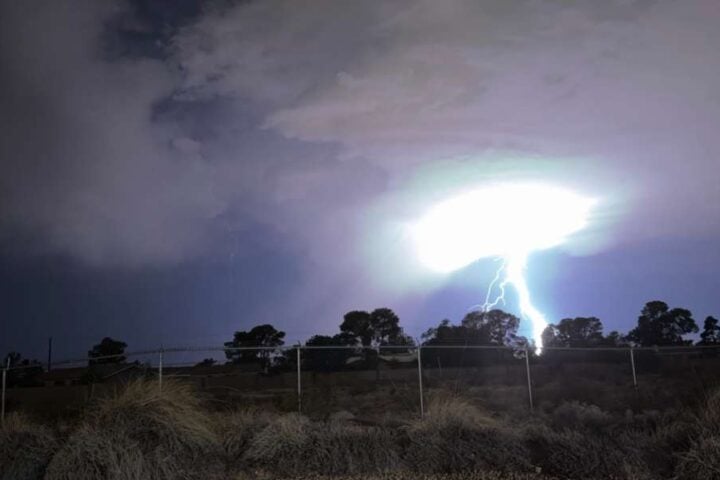The situation in Hwange National Park in Zimbabwe is critical due to the lack of rain, leading to the deaths of over 100 elephants. This dire circumstance is attributed to climate change and the El Niño weather pattern, which is expected to continue into 2024. The park, Zimbabwe’s largest protected area, is facing a severe crisis as forecasted by the International Fund For Animal Welfare (IFAW).
Hwange National Park is experiencing severe impacts of climate change, with a significant decrease in rainfall. This has led to a reliance on artificial water sources, as the park’s 140 waterholes are drying up. The elephants, which are heavily dependent on water, are particularly affected. Each elephant requires around 200 liters of water daily, and with a population of approximately 45,000, the situation is becoming increasingly untenable. The park’s principal ecologist, Daphine Madhlamoto, has reported more deaths due to this water scarcity.
The park does not have a major river, and thus animals depend on solar-powered boreholes for water. However, these 104 boreholes are struggling to meet the demand, especially under extreme temperatures that exacerbate the drying of water sources. Phillip Kuvawoga, Landscape Programme Director of IFAW, emphasizes that the crisis in Zimbabwe reflects deeper challenges in conservation and natural resource management, worsened by climate change. He recalls that a similar drought in 2019 resulted in the deaths of over 200 elephants.
IFAW highlights the vital role of wild animals in combating climate change, a topic that is also being discussed at the COP28 climate conference in Dubai. The organization stresses that animals help in storing carbon and preventing its release into the atmosphere. The current crisis in Zimbabwe is seen as indicative of broader climate-related challenges affecting the region.
Similar Posts
The rainy season in Zimbabwe, typically from November to March, has seen little rainfall this year. The country is experiencing an increase in the number of hot days, a decrease in cold days, and a reduction in rainfall by about 20%. The frequency of droughts has risen, occurring approximately once every three years. The Zimbabwe Meteorology department reports that daily minimum and maximum temperatures have risen significantly, further exacerbating the situation.
Animals in the park are forced to travel long distances in search of food and water, with many crossing into neighboring Botswana. Conservation groups are attempting to alleviate the crisis by desilting watering holes and increasing water supply through solar wells. However, the situation remains grim, as observed by Reuters journalists who have reported seeing numerous elephant carcasses near waterholes and in the bush, indicating a high death toll among the elephants.
Environmentalists and conservationists warn that the death of elephants, especially those with large tusks, is removing strong genetic strains from the elephant gene pool, posing a further threat to their survival. The ongoing climate breakdown, marked by hotter and drier weather due to El Niño, is a major concern at the COP28 climate action discussions in Dubai.


